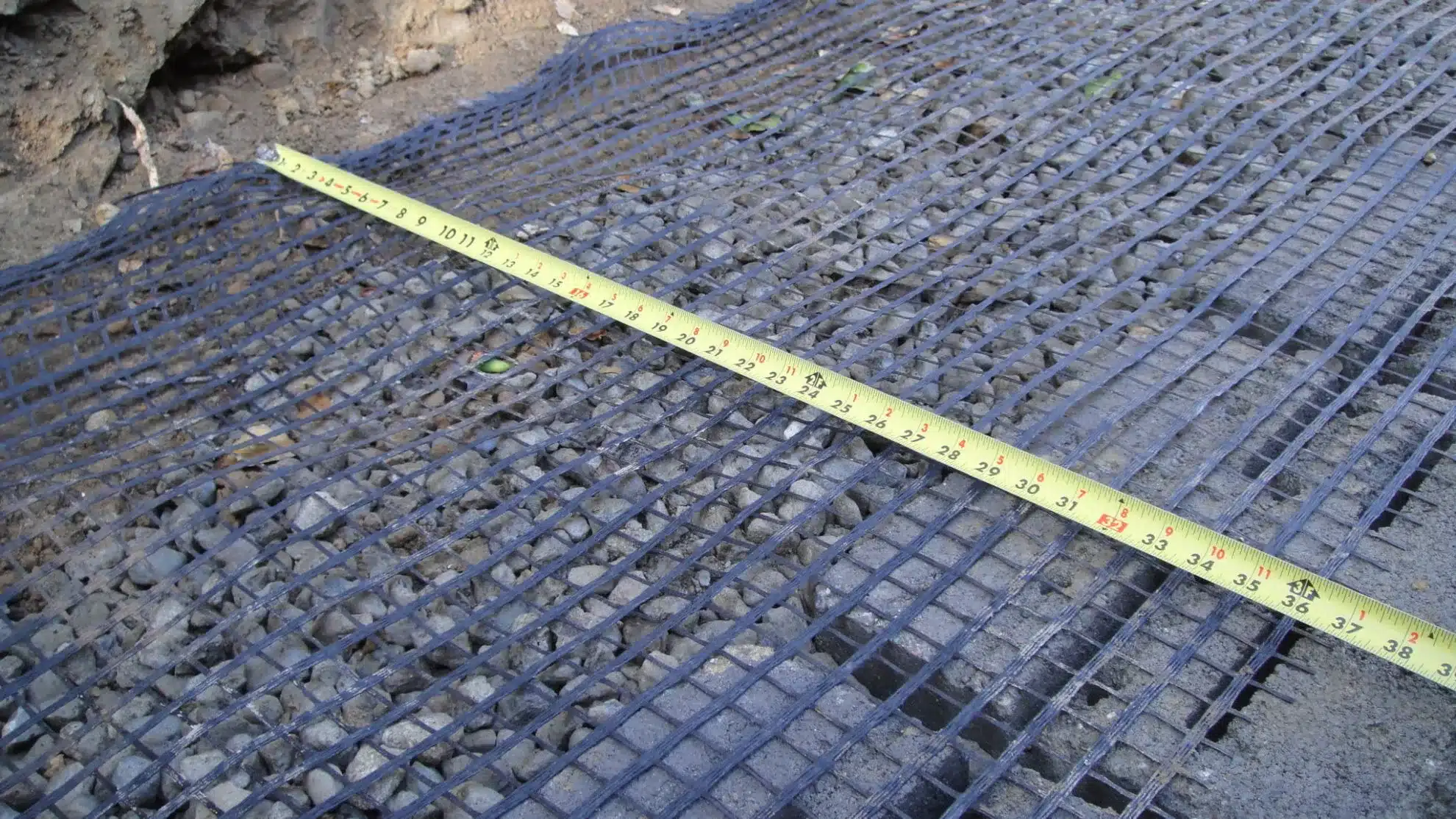Modern infrastructure projects face challenges like unstable ground conditions, increasing environmental constraints, and the need for long-lasting durability. Soil stabilization offers a practical solution by improving soil properties to support construction projects. This article explores innovative soil stabilization techniques that address the demands of contemporary construction.
Understanding Soil Stabilization
Soil stabilization is the process of altering soil properties to enhance strength, durability, and resistance to environmental factors. It ensures a stable foundation for roads, buildings, and other infrastructure. Effective stabilization minimizes settlement, increases load-bearing capacity, and reduces maintenance costs.
Traditional Stabilization Methods
- Mechanical Stabilization: Compacting soil using rollers or other mechanical devices to increase density and strength.
- Chemical Stabilization: Adding materials like lime, cement, or fly ash to soil to improve its cohesion and durability.
- Bituminous Stabilization: Mixing asphalt with soil to enhance water resistance and flexibility.
While effective, traditional methods often fall short in addressing modern infrastructure requirements such as sustainability, cost-efficiency, and adaptability to various soil types.
Emerging Soil Stabilization Techniques
Enzyme-Based Stabilization
Enzyme-based stabilizers are eco-friendly solutions that enhance soil properties by promoting biochemical reactions. These enzymes bind soil particles, increasing compressive strength without harmful chemicals.
Advantages:
- Sustainable and non-toxic.
- Cost-effective for large-scale applications.
- Minimal environmental impact.
Applications:
- Rural roads.
- Agricultural pathways.
- Low-traffic infrastructure projects.
Geosynthetics Reinforcement
Geosynthetics, such as geotextiles, geogrids, and geomembranes, are synthetic materials placed within soil layers to improve stability and load distribution.
Benefits:
- Reduces soil erosion.
- Improves drainage.
- Enhances structural integrity.
Common Uses:
- Highway embankments.
- Retaining walls.
- Soft soil foundation reinforcement.
Microbial-Induced Calcite Precipitation (MICP)
MICP employs specific bacteria to induce calcite formation within soil. This natural cementation process binds soil particles, increasing shear strength and reducing permeability.
Features:
- Environmentally sustainable.
- Long-term durability.
- Adaptable to various soil types.
Examples of Use:
- Coastal protection structures.
- Pipeline bedding.
- Airport runways.
Polymer-Based Stabilization
Polymers are applied to soil as liquid or powder to create a durable, water-resistant matrix. These materials offer rapid stabilization and are effective across a wide range of soil conditions.
Highlights:
- Quick application and curing time.
- High resistance to weathering.
- Ideal for emergency or temporary projects.
Applications:
- Temporary access roads.
- Military applications.
- Erosion control.
Factors Influencing Technique Selection
The choice of stabilization method depends on several factors:
- Soil Type: Clay, sand, and silt respond differently to various treatments.
- Project Scale: Large projects may require cost-efficient solutions like enzyme stabilization.
- Environmental Considerations: Projects in sensitive areas often prioritize eco-friendly methods.
- Budget: Advanced techniques like MICP may involve higher initial costs but offer long-term savings.
- Durability Needs: Long-lasting infrastructure requires solutions with high resistance to environmental stresses.
Industry Trends and Innovations
Sustainability in Stabilization
Growing environmental concerns drive the adoption of green technologies. Enzyme-based and microbial methods reduce reliance on harmful chemicals while delivering effective stabilization.
Advanced Monitoring Tools
Real-time sensors and monitoring systems now allow engineers to assess soil conditions during and after stabilization. This enhances precision and ensures long-term performance.
Multi-Method Approaches
Combining techniques—such as geosynthetics with chemical additives—can address complex site conditions and optimize results.
How to Integrate These Techniques into Your Project
Ensuring successful implementation of innovative soil stabilization methods involves the following steps:
- Site Assessment: Conduct thorough geotechnical studies to understand soil properties and project requirements.
- Method Selection: Choose a technique based on soil type, project scale, and environmental constraints.
- Testing and Pilot Projects: Perform on-site tests or pilot projects to validate effectiveness.
- Professional Expertise: Collaborate with specialists for precise application and quality assurance.
For assistance with modern stabilization techniques, contact Albone’s Spray Foam at (585) 560-1369 or email [email protected]
Advantages of Innovative Techniques
- Cost Savings: Long-term reduction in maintenance and repair expenses.
- Eco-Friendly: Reduced carbon footprint and reliance on harmful chemicals.
- Durability: High resistance to erosion, moisture, and heavy loads.
- Versatility: Applicable across diverse infrastructure projects.
Conclusion
Innovative soil stabilization techniques are transforming modern infrastructure by addressing challenges like unstable ground, environmental impact, and cost-efficiency. By integrating advanced methods such as enzyme stabilization, MICP, and geosynthetics, projects can achieve enhanced durability and sustainability. For expert advice and services, reach out to Albone’s Spray Foam at (585) 560-1369 or email [email protected].
Frequently Asked Questions
What is the cost of innovative soil stabilization techniques?
Costs vary based on the method used, project size, and site conditions. Enzyme-based solutions are typically cost-effective, while advanced options like MICP may have higher initial costs.
Are these methods environmentally friendly?
Yes, techniques such as enzyme stabilization and MICP prioritize sustainability and minimize environmental impact.
How long do stabilized soils last?
Properly stabilized soils can last decades, with durability depending on the chosen method and environmental conditions.
Can these methods be used for small-scale projects?
Many techniques, such as polymer stabilization and geosynthetics, are suitable for both small and large-scale projects.
Are these methods weather-resistant?
Yes, most modern stabilization methods, including polymer-based solutions, offer high resistance to weathering and erosion.
How do I determine the best method for my project?
Consult with experts to assess soil type, project requirements, and budget constraints. Comprehensive testing can help identify the most suitable technique.
Is professional expertise required?
Yes, applying these techniques requires knowledge of soil behavior, material properties, and proper application methods.
How do geosynthetics improve soil performance?
Geosynthetics enhance load distribution, reduce erosion, and improve drainage, making them ideal for infrastructure requiring high stability.
Are these methods suitable for urban construction?
Yes, modern techniques adapt well to urban projects, addressing challenges like space constraints and environmental regulations.
Can soil stabilization help in flood-prone areas?
Yes, methods like MICP and geosynthetics can improve soil drainage and resilience, making them effective for flood-prone regions.




